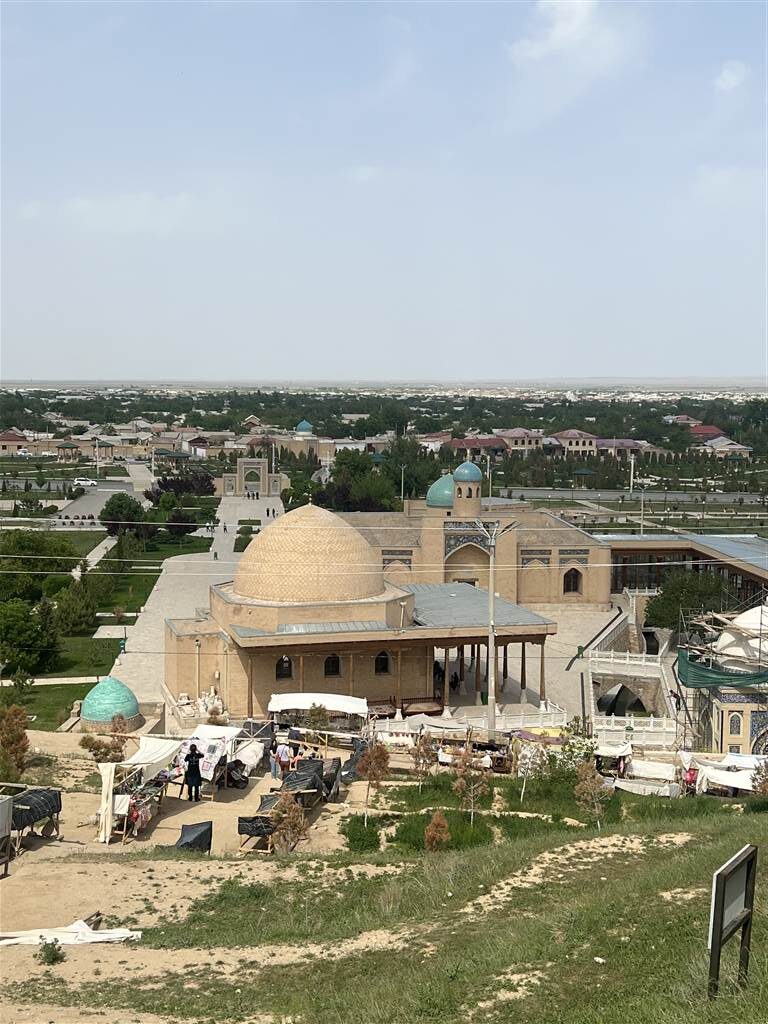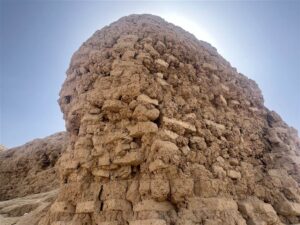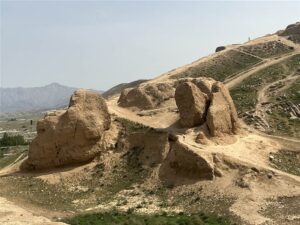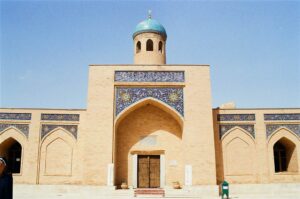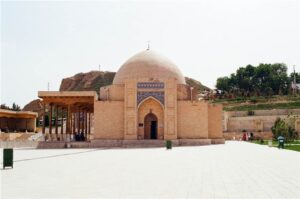Ubiquitously Uzbekistan – Nurota and the Nur Fortress of Alexander the Great
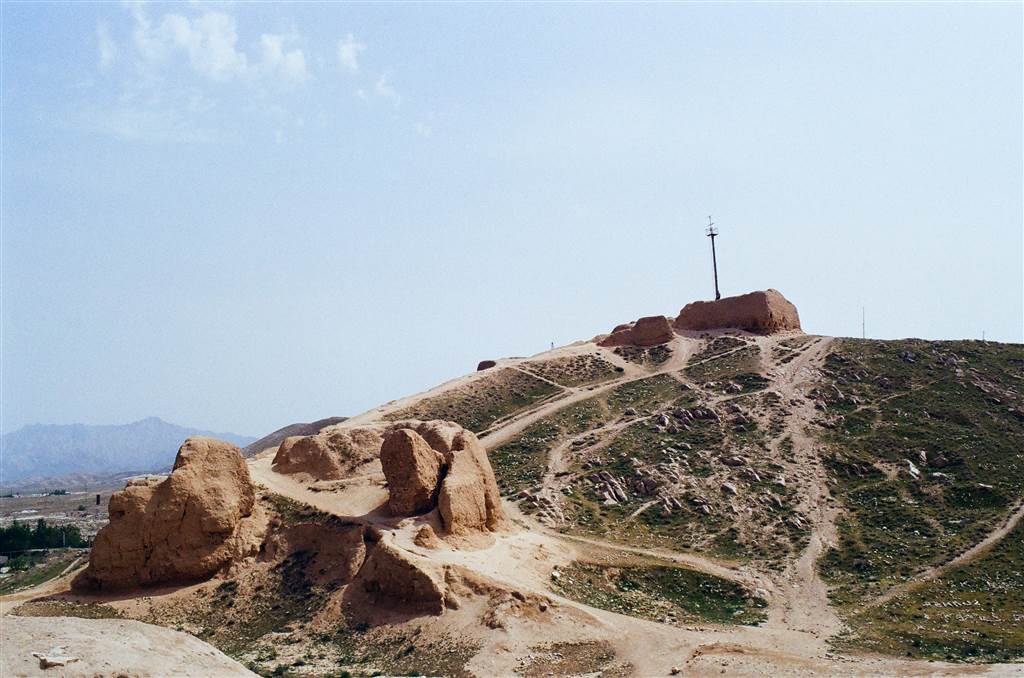
Before arriving in Buhkara, we would also be making a stop at the town of Nurota to see some ancient ruins. This part of the journey was simple.
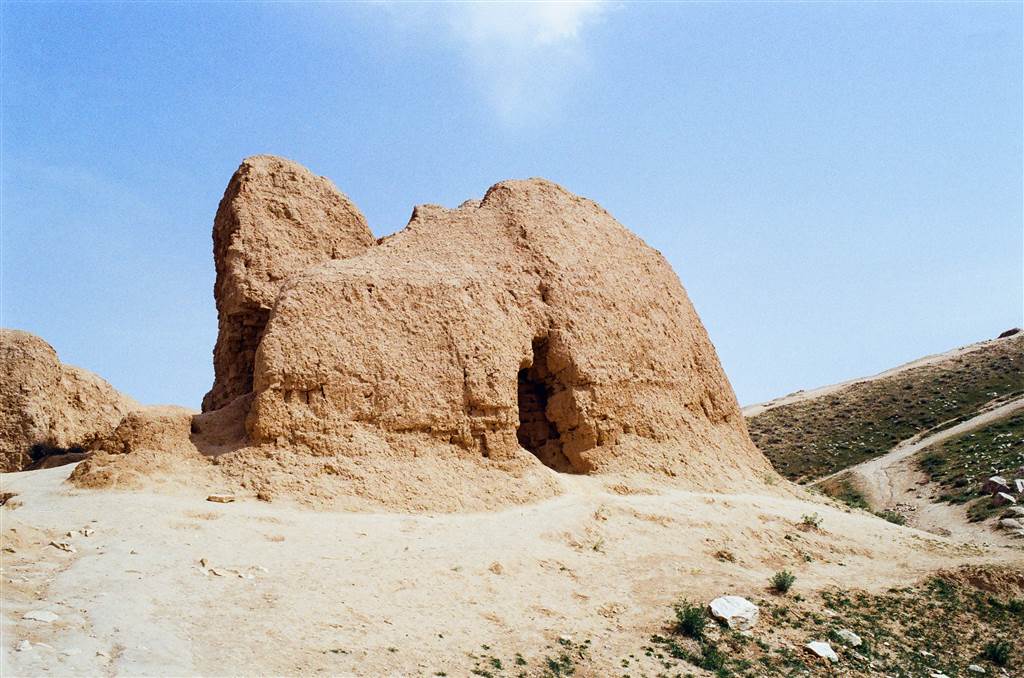
We went up to the Nur Fortress to see what was supposedly a military installation built at the command of Alexander the Great around 329-327 BC. There was also a mosque that was newly built in its vicinity.

Nur, meaning “light” and “ota,” meaning father, together the name Nurota means “light father.” It refers to a meteorite event that occurred and the tale was passed down by the local folkloric tradition. It was said that a meteorite fell into this spot 40,000 years ago. Yet the founding of this town was traced back to the times of Alexander the Great, who commanded a general to build a fortress here, before he would go on to his conquest of Bactria and Sogdiana. Eventually, Alexander the Great would make it to Bukhara himself from Nurota.
But what was Alexander the Great doing in Uzbekistan? He spent two years in Uzbekistan raging a campaign against the Achaemenid Persian Empire. His campaign would take him to far places in this part of the world. At one point he did seize Samarkand, and he had also established his stronghold in modern-day Tajikistan. His warfare in this part of Asia was not always so smooth, however. That is because the tribal troops here engaged in nomadic warfare, to which the great historic warrior had to develop new tactics. He was, still, by and large successful.
According to the Wikipedia, “in 334 BC, he invaded the Achaemenid Persian Empire and began a series of campaigns that lasted for 10 years. Following his conquest of Asia Minor, Alexander broke the power of Achaemenid Persia in a series of decisive battles.” His forces would also reach India eventually.
Finally, it was believed that Alexander the Great took a princess named Roxane as his wife, and made an alliance with the local ruler Oxyartes. A number of distinguished families in the region still claim their descent from this union.
The Nur Fortress
It was believed that the Nur Fortress was built by Alexander the Great in 329-237 BC, as such also founding the City of Nurota. Sitting at a hilltop, the Nur Fortress offers aerial views of the whole city and the vast expanse of land afar.

The locals also credit Alexander the Great for constructing a water system from a spring several kilometers away into the city known as the kariz. In fact, this same water system is still in service for the city today.
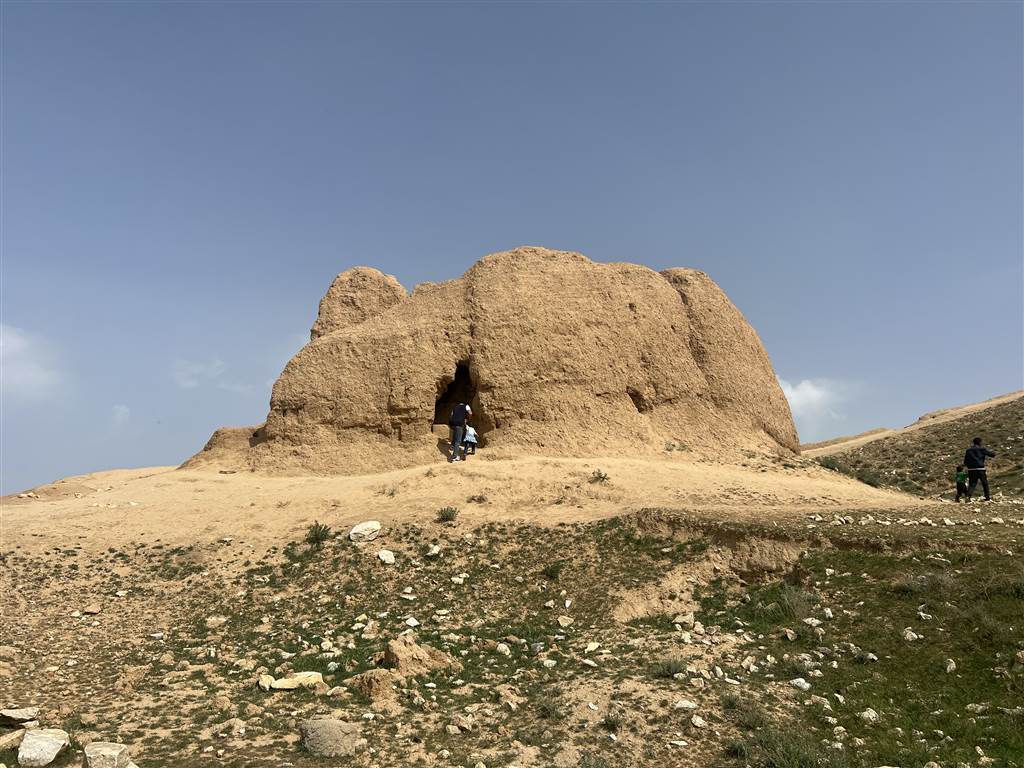
Mosque Chill Ustun and the Chashma Spring
The Nurota mosques are traditionally revered by pilgrims as the town was also considered sacred during Uzbekistan’s Islamic times. Hazrat Ali, the son-in-law of the Prophet Muhammad, is said to have struck the ground here with his staff and out came the Chashma Spring. The Chashma spring runs within the city and it is welled in a holy spring pool next to the Mosque Chill Ustun.
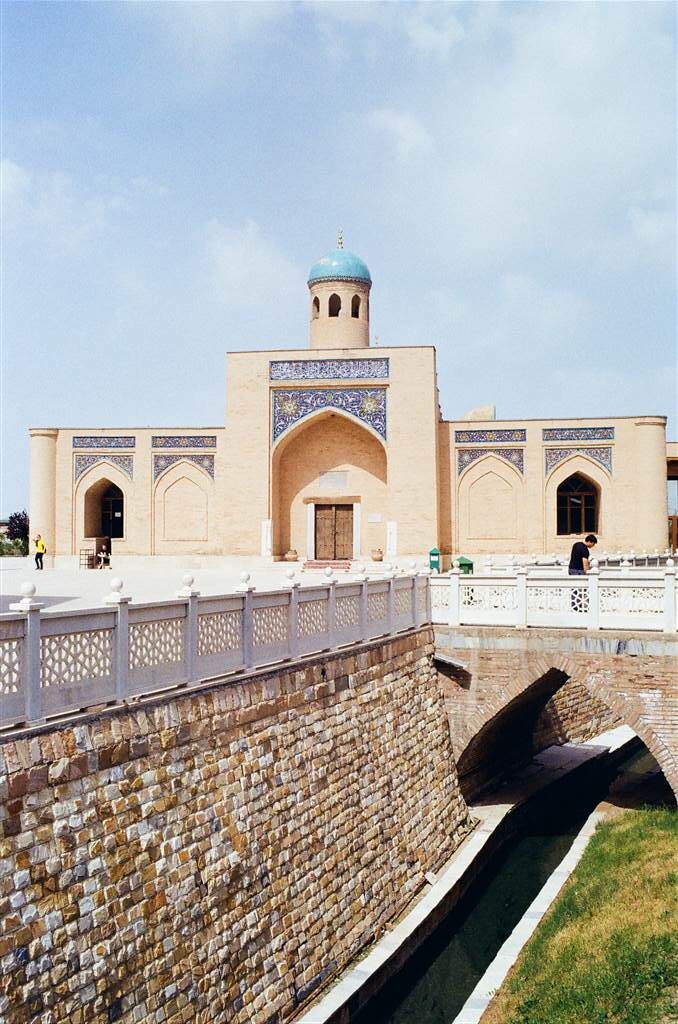
When we were there in spring 2023, parts of the Mosque Chill Ustun were still under construction. With this, we were happy to have seen Nurota and went ahead to Bukhara, like Alexander the Greater did.
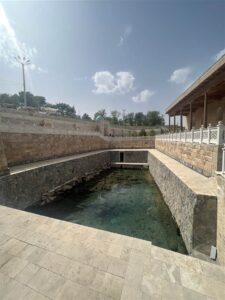
Sources
Advantour.com, Nurata, Uzbekistan.
Central Asia Guide on Nurota.
Sophie Ibbotson, Uzbekistan, Bradt Travel Guide (2020) at 214.
The Wikipedia on Alexander the Great.
